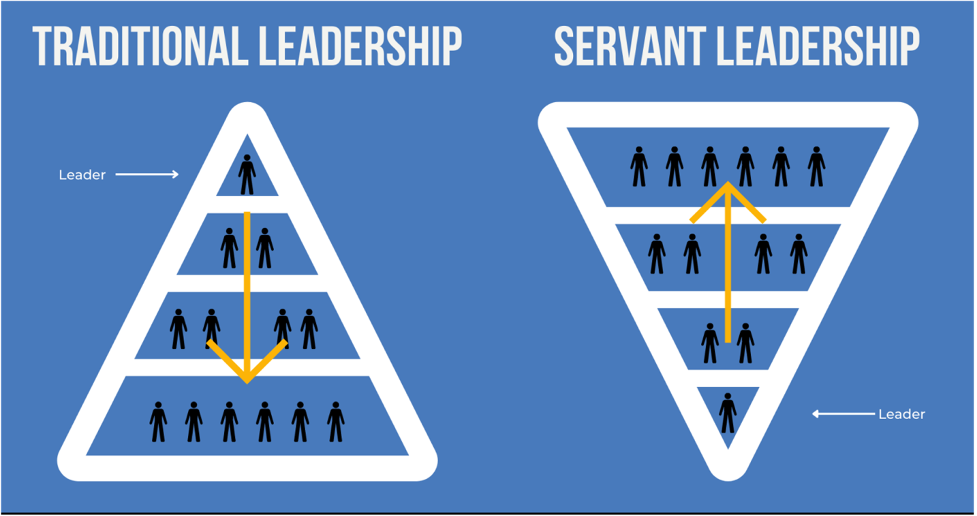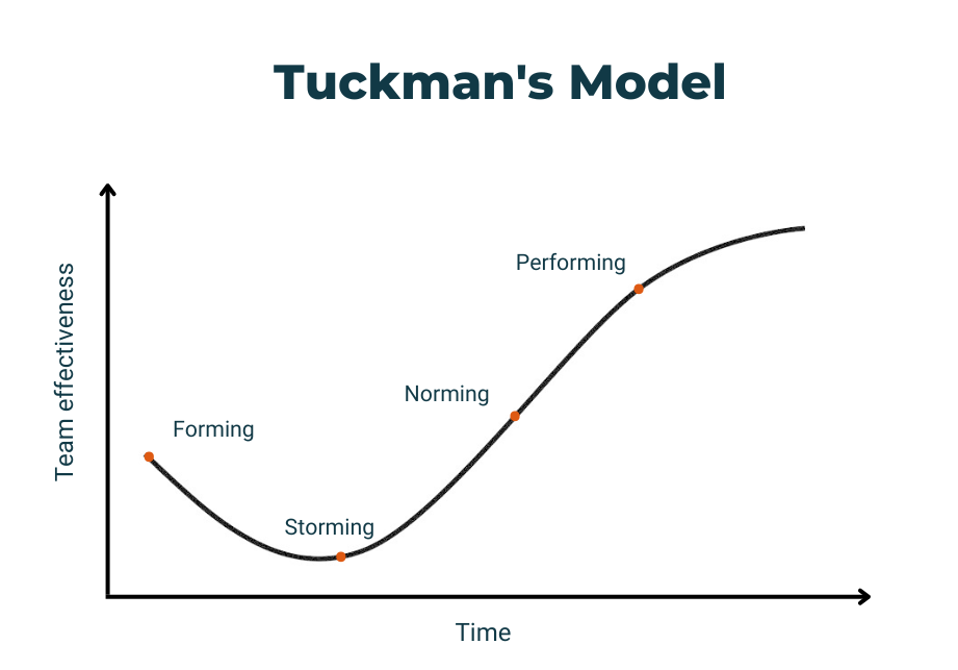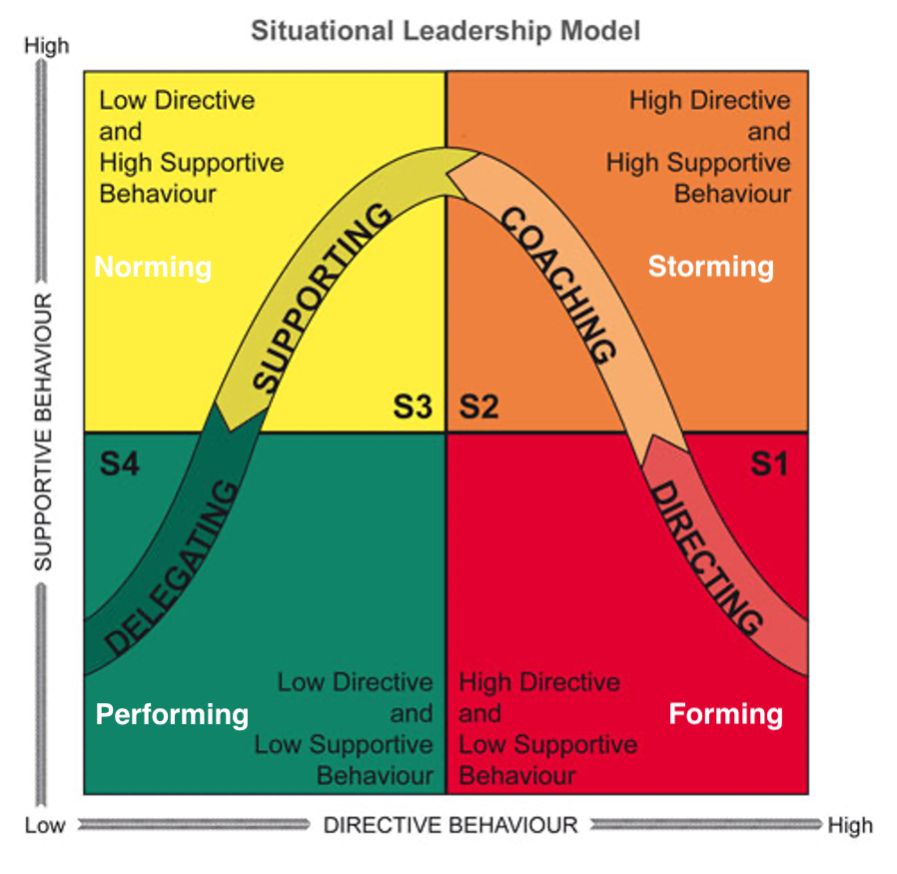
Leadership Styles for Project Managers in Predictive and Agile Approaches
Project management requires effective leadership to navigate complexities, align teams, and ensure successful outcomes. Both Predictive (Waterfall) and Agile approaches demand different leadership styles, but some principles, such as Servant Leadership, apply universally.
Servant Leadership in Both Predictive and Agile Approaches
Servant Leadership focuses on empowering teams and creating an environment that fosters growth, collaboration, and efficiency. A servant leader models the desired behaviors and provides support rather than exerting control. Four key characteristics of Servant Leadership include:
- Facilitate Rather Than Manage: Servant leaders prioritize enabling their teams by providing guidance and resources instead of micromanaging.
- Provide Coaching and Training: They invest in the continuous development of team members to enhance skills and efficiency.
- Remove Work Impediments: Identifying and eliminating obstacles ensures smooth project execution and team productivity.
- Focus on Accomplishments: Instead of emphasizing rigid processes, servant leaders measure success through tangible outcomes and team progress.

Servant Leadership was introduced by Robert K. Greenleaf in his 1970 essay
Leadership Styles in the Predictive Approach
The Predictive approach, also known as the traditional Waterfall method, is structured and sequential. Leadership styles in this approach often align with hierarchical decision-making and controlled project execution.
- Direct Leadership: The project manager operates within a strict hierarchy and makes all key decisions. This style is effective when precision, compliance, and authority are required.
- Consultative Leadership: The leader considers team members’ opinions and insights but retains the final decision-making authority. This approach helps balance collaboration with structured control.
- Situational Leadership: This adaptive style changes based on team maturity, project phase, and context. It aligns with Hersey & Blanchard’s Situational Leadership Model, which integrates with Tuckman’s team development stages:

Tuckman Model was introduced by Bruce Tuckman in 1965
- Forming: Apply Directing Leadership with high directive, low supportive approach.
- Storming: Apply Coaching Leadership with high directive, high supportive approach.
- Norming: Apply Supporting Leadership with low directive, high supportive approach.
- Performing: Apply Empowering Leadership with low directive, low supportive approach.

Hersey & Blanchard’s Situational Leadership Model was introduced in 1969 by Paul Hersey and Ken Blanchard
Leadership Styles in the Agile Approach
With more than 50 Agile approaches available today, the focus is on fostering collaboration, adaptability, and iterative progress. Leadership in Agile environments shifts from directive management to a more facilitative and empowering role.
- Self-Organizing Teams: Agile teams operate with autonomy, making collective decisions and managing their workflows. The leader’s role is to guide, mentor, and support rather than control.
- Servant Leadership (Extended to Agile): Agile leaders empower teams by fostering an environment of trust, transparency, and continuous improvement. They remove roadblocks and ensure teams have the resources to succeed.
- Facilitative Leadership: Instead of dictating, the Agile leader facilitates discussions, retrospectives, and problem-solving sessions to enhance collaboration and efficiency.
Conclusion
Leadership styles must be adapted based on the project approach, team dynamics, and organizational culture. While Predictive projects benefit from structured leadership with clear decision-making, Agile projects thrive under servant leadership and team autonomy. The best project managers leverage multiple leadership styles to match the evolving needs of their teams and projects, ensuring success in any environment.





